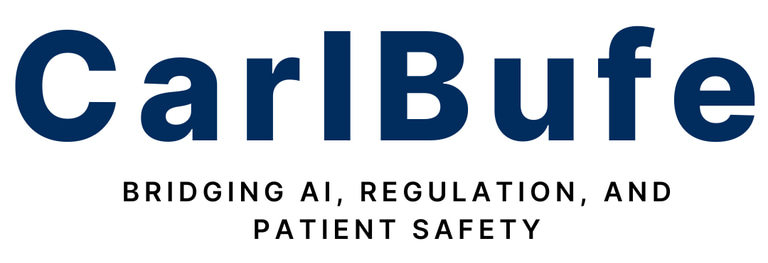The Truth About AI and Jobs
Explore a nuanced perspective on AI's role in the workforce, debunking hype and doom. Understand task automation, emerging roles like workflow design and data oversight, and actionable strategies to adapt and thrive. Perfect for everyday workers, students, and small-business owners embracing realistic change.
Carl Bufe
10/9/20252 min read


The Truth About AI and Jobs
Instead of panicking over headlines like 'AI will take all the jobs', let's ask a smarter question: how can we harness AI to reshape our work for better productivity and security?
AI tends to automate specific tasks rather than entire jobs, focusing first on routine or low-variation activities, such as data entry or basic scheduling. This can lead to real displacement for some workers, but it also frees up time for more meaningful work, as multiple industry reports suggest gradual shifts rather than sudden wipeouts. For instance, an office assistant might use AI to draft emails, reclaiming hours for vendor follow-ups that build stronger relationships.
New opportunities are emerging where human skills complement AI, such as designing efficient workflows that integrate tools seamlessly. There's a growing demand for ensuring data quality, as AI relies on clean inputs to function well. Human oversight and compliance roles are also expanding to handle ethical decisions and regulatory checks that machines can't fully manage.
Looking ahead, team workflows may evolve to blend AI assistance with collaborative problem-solving. Fluency in AI tools could become as essential as computer skills today, helping workers stay adaptable. Performance may shift towards outcome-based measures, valuing results over hours spent, which could benefit small-business owners who juggle multiple roles.
To protect and upgrade your earning power, try this action plan:
Identify your task mix by listing daily activities and noting which involve repetition.
Automate one low-value task, such as using AI for inventory checks if you're a retail worker, thereby freeing up time for responding to customer messages.
Upskill in a complementary area, such as creative problem-solving or relationship-building.
Document your new workflow to track gains and share with your team or employer.
A tradie could use AI for rostering, allowing more focus on on-site craftsmanship that requires human judgement.
Remember, always prioritise privacy, check AI outputs for accuracy, and comply with employer policies when adopting these tools.
For additional information, check these referenced resources:
IMF article on AI transforming the global economy: https://www.imf.org/en/Blogs/Articles/2024/01/14/ai-will-transform-the-global-economy-lets-make-sure-it-benefits-humanity
World Economic Forum on balancing AI overcapacity and talent shortages: https://www.weforum.org/stories/2025/10/ai-s-new-dual-workforce-challenge-balancing-overcapacity-and-talent-shortages/
UNRIC on AI and the future of work: https://unric.org/en/artificial-intelligence-and-the-future-of-work-will-ai-replace-our-jobs/
This week, start your task audit and automate one small thing.
© 2025. All rights reserved.
